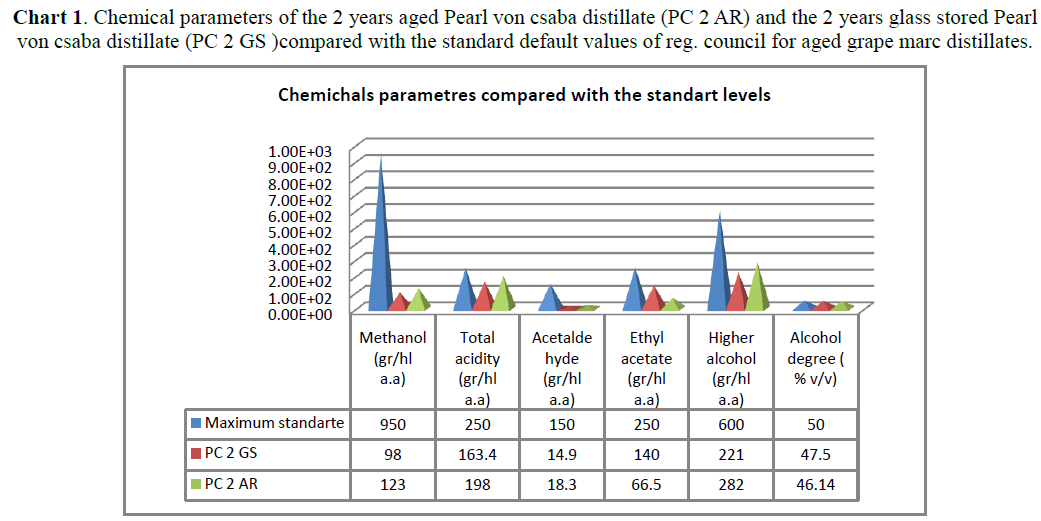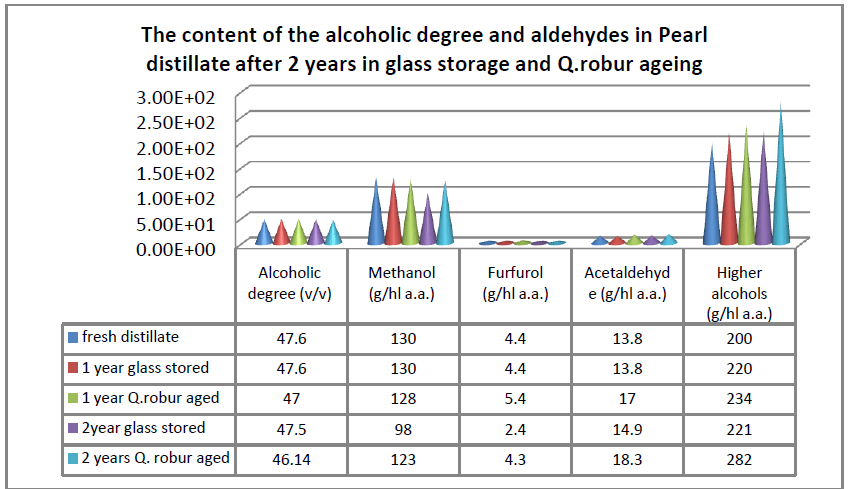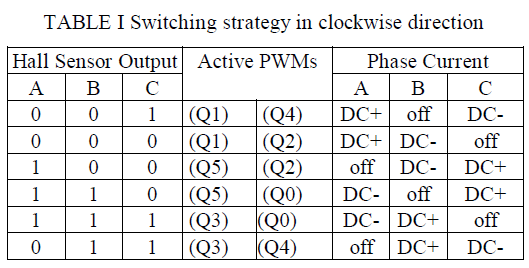ISSN ONLINE(2319-8753)PRINT(2347-6710)
ISSN ONLINE(2319-8753)PRINT(2347-6710)
P.P.Halkarnikar1, S.N.Talbar2, P.N.Vasambekar3
|
| Related article at Pubmed, Scholar Google |
Visit for more related articles at International Journal of Innovative Research in Science, Engineering and Technology
In multiple objects tracking it become difficult to track the objects when they get cluttered due to proximity of the object. Such a cluttered environment leads to misleading target tracking in video analysis. This becomes important when video system is employed for security purpose or behavior analysis of the object. The object get merged and split due to occlusion or obstacles in viewing angle of the camera. In this paper we present the novel algorithm to handle issue of split and merge of the objects. To increase the robustness, association rules for object tracking are proposed. The algorithm tracks number of objects by keeping record of the split and merge of these objects with each other. Association rules are developed to track the multiple objects from frame to frame. Due to association rule application processing time increases when objects are merged or split, otherwise time required is same as normal object detection condition. In order to save the memory requirement for association of objects from frame to frame, linked list structure is implemented, which will expand and collapse as number of objects changes in given video frame. Object descriptors are stored as one node of the linked list along with object ID and flags indicating split and merge of objects. This list is updated as the video frames progresses for tracking of the objects. Such a system shows good result while tracking the multiple objects in cluttered environment due to shadow or occlusion or overlapping with in a frame
Keywords |
| multiple object tracking, split and merge, object separation, cluttered environment. |
INTRODUCTION |
| In all video analysis application it is necessary to detect and track the object robustly. The applications like security system, radar, traffic analysis and video content analysis need, not only object detection but object tracking at individual level. In video analysis object tacking algorithms should be able to deal with various dynamic in the scene. Various situations in the scene disturb object detection and tracking. Situation like dynamic background, changing lights, changing environmental conditions or multiple objects creating clutter of the objects disturb the detection. When multiple objects get involved in the scene, objects get merged due to self-shadow or occlusion. [8] The objects get split due to occlusion or object region split in pixel detection. The objects get cluttered either with background or with other objects. Due to this number of objects present get wrongly counted by system. In this paper we have proposed the algorithm which will track the objects reliably in clutter environment. For this propose object properties like position, area and flags are stored along with object ID number. Flags are used to indicate merging and splitting of objects in frame. To store information we propose linked list type data structure for all the objects detected in video frame. This information is filled as node of list when object enters the frame and updated per frame of the video. As number of objects increase the linked list will expand to accommodate the objects present in video frame. As object get disappear from the frame, object ID and other information stored associated with that object will get deleted from the list which will free the memory occupied by the node of the object. This will increase the memory utilization of the system. The comparison of linked list of respective frame is done according to the association rules formed. Distance between the object position in current frame and previous frame is considered for continuation of the object ID. Distance within given threshold keep track of the object ID. The other rules are applied for comparison if distance is reduced or increased. The processing time remain almost constant for normal situation and increases only if merge or split detected in the frame. The detection of multiple objects separately is very important in the application of security, traffic monitoring, mob monitoring and analysis of human behaviour in group. |
| Overall organization of the paper is as follows. In this paper section II consider survey of related techniques. Section III deals with proposed algorithm. Section IV with result and last section with conclusion. |
RELATED WORK |
| Object tracking methods are generally classified as model-based, appearance based, contour based and feature based. Hybrid methods are also employed which are combinations of some of the groups named above. Model based tracking method uses a priori knowledge of the shape of the object to track the object. But number of shapes stored in database is the limitation in this method. Appearance based methods track connected component to the 2D shapes of the object. The information provided by entire region is utilized to track the object. In contour based instead of tracking entire region only contour of the object is used. This is to save the computational requirement over the appearance based method. This method is unable to track the objects that are partially occluded. In feature based method feature of the object to be tracked are collected and these are compared in consecutive video frames. This is able to track even in partial occlusion of the object. However, selection of the required feature and grouping them for comparison is major hurdle of this scheme. Computational complexity also increases as number of feature used to track the object. To increase the reliability of the detection and tracking combination of above techniques are employed. These techniques are called as separate group as hybrid method. For detecting multiple objects in case of clutter, contextual information generated from scene can be used as feedback to detector.[6] Birth and exit of objects in case of occlusion of objects is compared with spatial information gather by adaptive Gaussian mixture model of background detection.This model is used by probability hypothesis density filter that spatially modulates its strength based on learned contextual information from previous frames. Multiple hypothesis tracker populates the association between the set of hypothetical states of objects. in another technique to identify the objects form frame to frame, blobsdetected by background model are labelled.[ 13] Blob direction and velocity are stored to predict next position of blobs. Euclidian distance detected in consecutive frames identifies the object in occlusion. Kalman filter is used by many application to track the objects.[7] To increase the reliability of object tracking shortest path in graph is used to identify the correct object [12]. Dynamic programming technique is used by authors to compare the object identity in case of occlusion. |
PROPOSED ALGORITHM |
| This section deals with procedure of detecting multiple objects from the input video. This algorithm deals with situation in which objects get merged, overlapped or split. The steps involved in object tracking are object segmentation, validation and feature association. |
| A. Extraction of moving objects |
| The tracking of objects is done by association of object and their properties. The background subtraction module separates the background steady pixel and dynamic foreground pixels. There is no information about the object detected in the region. Therefore it is necessary to devise the algorithm which can distinguish number of objects present separately. Major hurdle in separating the multiple objects are shadow, occlusion and overlapping of moving objects. Gaussian mixture model with shadow removal [ ] shows good result but unable to handle the situation of occlusion and overlapping. Occlusion and overlapping generates the object merging. Sometime object pixel blob get separated by stationary object or moving objects which creates split situation. To handle situations of split and merge condition following algorithm is proposed. |
| B. Registration of objects. |
| After extracting foreground pixels which are detected by frame differencing of consecutive frames. Each object is detected as homogeneous region of connected pixels. The properties of each object is collected and compared with properties of the objectsstored in previous frames to track the objects.The properties or descriptor used for registering the objects are centroid, area, size, shape, vertices of the edges etc. either all or some of the descriptor are used to trace the object under different situations. The application of the object detecting system decides the number of descriptor used for verification of the object. For faster detection of objects it is essential to use optimum number of descriptor for object registration. The objects are labelled and data association is carried out from frame to |
 |
 |
 |
 |
CONCLUSION |
| In this paper we proposed algorithm to handle clutter situation in tracking of multiple objects. The clutter of objects take place due to proximity appeared in camera view. In computer vision 3D information is converted into 2D information hence this type of clutter of objects appear in image. The association rule application with consecutive frames finds the object merging and splitting due to proximity. This method overcomes the computation complexity of other methods as rules are applied when the pixel blog near existing objects in previous frame shows drastic change in their properties. Number of properties considered for testing increases the accuracy of the detection. Fast response to the merge situation detection can help in earlier alarm generation for action. For saving of attributes of comparison linked list structure is proposed for saving of memory space. This also helps in adding and deletion of node as number of objects in frame increases or decreases. Memory storage overhead of is less as compared to other techniques in related works. |
References |
|
 |
| Fr. No. =Frame Number, Obj. =Object, M= Merge Flag, S= Split Flag. E-dist. = Euclidian Distance. |